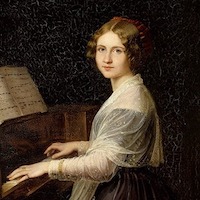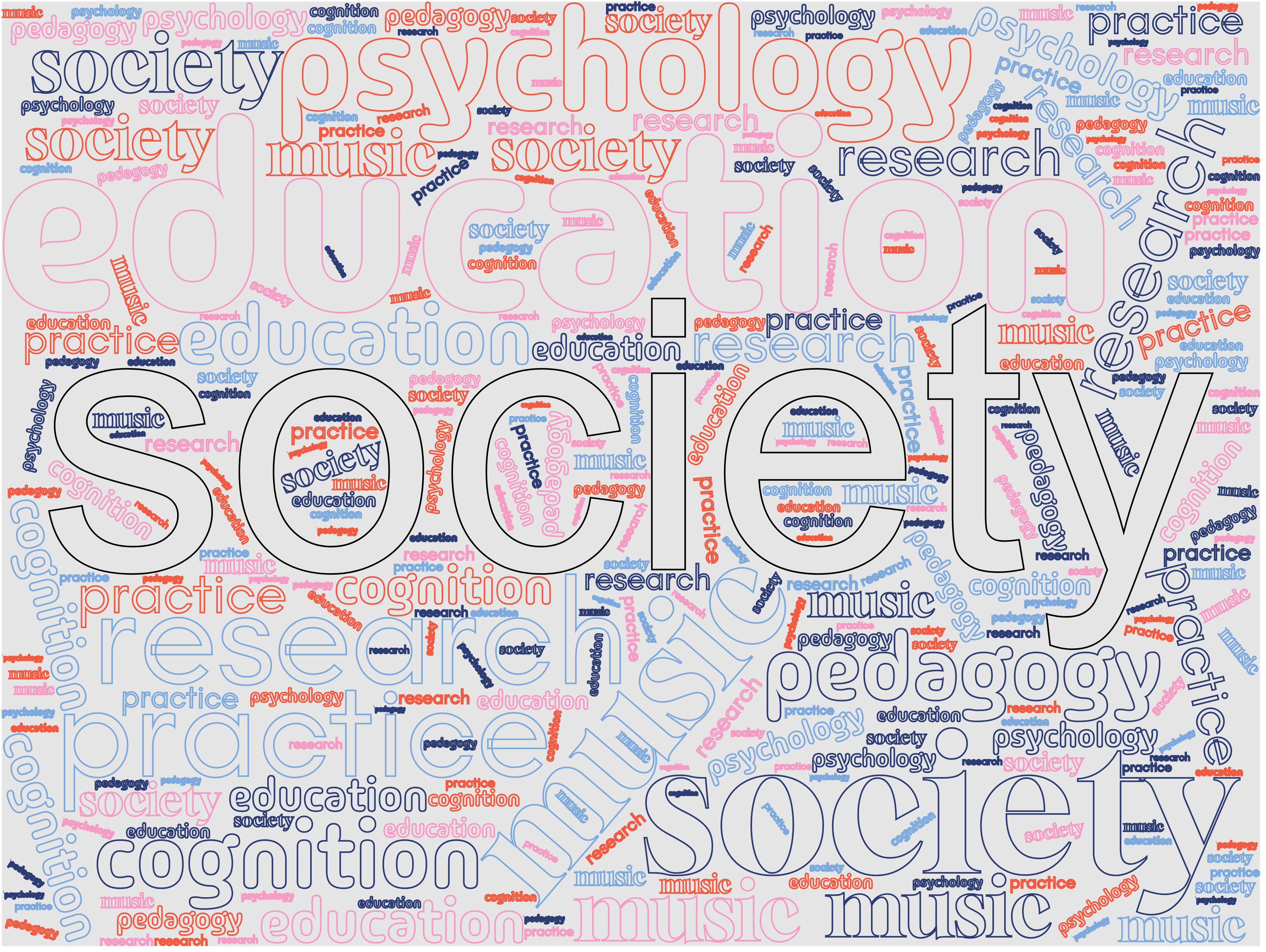 This website gives information about our project, and is a companion to
Self-Accompanied Classical Singing: Reviving a Lost Art
, edited by Lucy Green (Routledge, forthcoming in 2027).
This website gives information about our project, and is a companion to
Self-Accompanied Classical Singing: Reviving a Lost Art
, edited by Lucy Green (Routledge, forthcoming in 2027).
Background
Jazz, folk and pop singers can easily be seen and heard singing and playing an instrument at the same time – or in other words, accompanying themselves. But in classical music, self-accompaniment is extremely rare.In fact, many people think it was a strictly amateur practice that only went on in the salon or home during the 18th and 19th centuries. This is partly because almost nothing is written about it in standard music history books, and partly because it is almost never seen on a professional stage today.
But this is mistaken! Recent research is showing that from the very beginnings of classical music, through the renaissance and right up into the 1930s, self-accompanied singing was normal, and often expected – not only in the home or amateur settings, but professional settings too. Even at the turn of the 20th century, international opera stars were still well-known for this practice.
Then it basically died out for the next 100 years or so. But why? What have we lost? Is it coming back?
In Section 1 the book charts the journey of self-accompanied singing through the history of classical music, broadly defined, from the 14th century to the present day.
In Section 2, it reports on a research project which involved:
- Questionnaires with 100 professional classical singers, teachers and students at conservatoires and universities
- A phenomenological study of 5 experienced musicians who are novice singer-pianists, preparing for their first public self-accompanied classical performance
- In-depth interviews with 6 professional singer-pianists about their backgrounds, practices, and views of self-accompaniment
- A study of mindfulness in self-accompaniment
The research has unearthed:
- A tsunami of interest and enthusiasm about self-accompanied classical singing from a wide range of perspectives among professional singers, singing teachers and HE students
- The existence of a small, but increasing number of exceptionally skilled professional singers who are engaging in this unique form of music-making to great acclaim
- Questions about why self-accompanied singing is not merely absent from, but even discouraged by, concert platforms and educational practices today
- Potential for the future of research and practice in music education, performance practice, vocal pedagogy, music history, and the philosophy, sociology and psychology of music
The aims of the project are to:
- Provide information and generate discussions about self-accompanied classical singing in the past and present
- Strengthen networks of current classical singers interested in self-accompaniment
- Reach out to teachers, students and academics interested in this topic from the perspective of music history, performance studies, the teaching and learning of classical singing, music education, and the philosophy, sociology and psychology of music
- Foster self-accompaniment as a revived professional practice in the classical sphere and in music education
Project leader
- Professor Lucy Green (UCL)
Team members
- Dr Michael Bonshor (UCL)
- Dr Robin Bier (professional singer and researcher)
- Dr Beth Garfinkle (music historian, performer and researcher)
- Dr Ewa Leszczyńska (professional singer and researcher)
- Dr Janet Oates (professional singer, composer and researcher)
- Dr Elizabeth Pearse (professional singer and composer)
- Dr Hermione Ruck-Keene (classical singer and researcher)
A selection of videos of self-accompanied performances by members of the project team
Please note - there are many more videos on our Facebook page and website (below); and there will be an Appendix to the book with more.
- Joel Balzan (research participant): https://youtu.be/S72GJ_lbfcA?si=5EqmMG5rgSRgKJiY
- Paula Bär-Giese (research participant): https://www.youtube.com/watch?v=IZeA3R2-hUI
- Rachel Fenlon (research participant): https://www.youtube.com/watch?v=63y0hWdievw
- Matthew Jelf (research participant): https://www.youtube.com/watch?v=QldwMLquFbs
- Josh Lawlor (research participant): https://www.youtube.com/watch?v=AESmFobUyNQ
- Ewa Leszczyńska (research participant and author of a chapter in the forthcoming book): https://www.youtube.com/watch?v=ByFkGLDUIQE
- Janet Oates (co-researcher in the project and author of a chapter): https://www.youtube.com/watch?v=Yj7gWUqbjDM
- Elizabeth Pearse (research participant and author of a chapter): https://vimeo.com/785485947/19ae47d8e2
Contact Details
-
Project contact:
This email address is being protected from spambots. You need JavaScript enabled to view it. - Project website: https://www.sasp.org.uk
- Facebook page: https://www.facebook.com/selfaccompaniment

